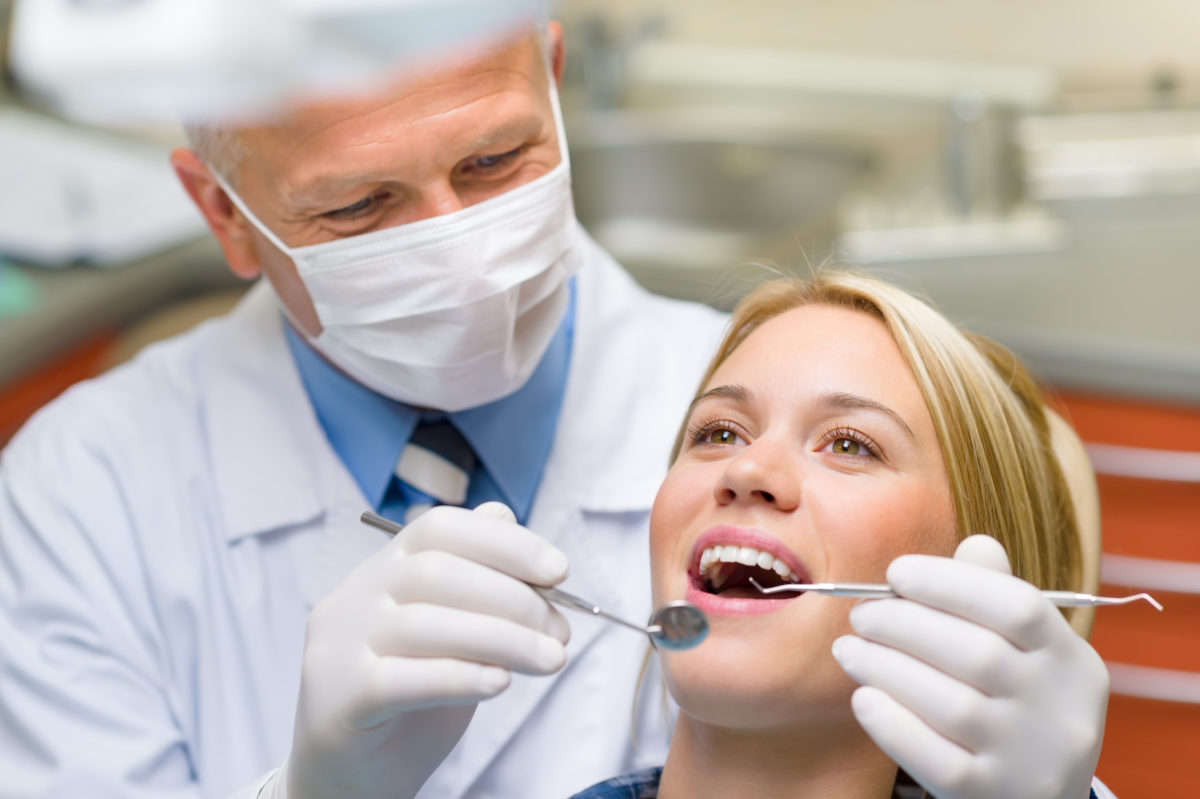6 Easy Facts About Legacy Orthodontics Described
6 Easy Facts About Legacy Orthodontics Described
Blog Article
The Definitive Guide for Legacy Orthodontics
Table of ContentsWhat Does Legacy Orthodontics Do?The Facts About Legacy Orthodontics UncoveredThe smart Trick of Legacy Orthodontics That Nobody is DiscussingNot known Factual Statements About Legacy Orthodontics What Does Legacy Orthodontics Mean?
At Advanced Orthodontics, we give people with a all natural therapy experience. Additionally, we use flexible treatment timetables, flexible repayment options and an enjoyable, satisfying experience. orthodontist. Telephone call ( 480) 357-4900 today to find out more and routine a visit.An orthodontist is a dental professional trained to detect, avoid, and treat teeth and jaw abnormalities. Orthodontists function with individuals of all ages, from youngsters to adults.
Malocclusion, or misaligned teeth, can lead to oral concerns, consisting of dental caries, gum tissue disease, and challenging or unpleasant eating. Yet not everyone is born with straight teeth. If you have a bad bite or large areas between your teeth, you might desire to speak with a dentist concentrating on orthodontic care.
3 Easy Facts About Legacy Orthodontics Shown
( Image Credit History: DigitalVision/Getty Images) Orthodontists use taken care of and removable oral tools, like dental braces, retainers, and bands, to change the setting of teeth in your mouth. Orthodontic treatment is for oral irregularities, including: Uneven teethBite troubles, like an overbite or an underbiteCrowded teeth or teeth that are as well far apartJaw misalignmentThe goal of orthodontic treatment is to improve your bite.
While you could think of orthodontists as mostly for kids or young adults who require braces, they can correct oral troubles at any type of age. Orthodontists go to college, oral college, and orthodontic institution.
All orthodontists are dental professionals, however not all dentists are orthodontists. Orthodontic residency programs use intensive, focused instruction for dental professionals. They concentrate on 2 locations: How to appropriately and safely relocate teeth Exactly how to correctly guide growth in the teeth, jaw, and faceOnce an orthodontist has actually finished training, they have the choice to come to be board licensed.
The Best Strategy To Use For Legacy Orthodontics
Imbalance, or malocclusion, is the most usual factor individuals see an orthodontist. It is hereditary and is the result of size distinctions between the top and reduced jaw or in between the jaw and teeth. Malocclusion results in tooth overcrowding, an askew jaw, or irregular bite patterns. Malocclusion is typically treated with: Your orthodontist connects steel, ceramic, or plastic square bonds to your teeth.
Some people need a headgear to help move teeth into line with pressure from outside the mouth. A retainer is a personalized tool that keeps your teeth in area.
They're usually utilized on children. They can create extra space in the mouth without having to draw teeth. If you have a serious underbite or overbite, you might require orthognathic surgical treatment (also called orthodontic surgery) to lengthen or shorten your jaw. Orthodontists use cables, surgical screws, or plates to sustain your jaw bone.
You explanation might require to see an orthodontist if you have: Crowding or not adequate room for all of your teethOverbite, when your upper teeth come over your bottom teethUnderbite, when your base teeth are too far forwardSpacing or problems with gapsCrossbite, which is when your upper teeth fit behind your base teeth when your mouth is closedOpen bite or a vertical space between your front bottom and upper teethMisplaced midline, when the center of your base and upper teeth don't align Dealing with an oral malocclusion can: Make biting, chewing, and talking easierImprove the proportion of our face and your general appearanceEase discomfort from temporomandibular joint disordersSeparate your teeth and make them much easier to clean, helping avoid tooth degeneration or tooth cavities It's typically a dental expert that first notifications misaligned teeth during a routine examination.
Legacy Orthodontics for Dummies

During your very first orthodontic consultation, you'll likely have: A dental examPhotos taken of your face and smileDental X-raysPanoramic (360 degree) X-rays of your face and headImpressions to create molds of your teethThese tests will help your orthodontist understand exactly how to wage your therapy. orthodontist. An orthodontist is a dental practitioner who's had training to treat your teeth and jaw
An orthodontist is focused on your bite, so something like a cracked tooth would certainly be managed by a dental expert. Orthodontists are focused on your bite, or the means your teeth fit together, and the straightness of your teeth.
Ever before wondered how celebs always seem to have perfectly aligned teeth? The solution commonly lies in the knowledgeable hands of an orthodontist. What specifically does an orthodontist do? Orthodontists are oral experts who concentrate on remedying abnormalities in the teeth and jaws. Their know-how exceeds just developing an attractive smile; it encompasses enhancing your total dental wellness and function.
Legacy Orthodontics Fundamentals Explained

While dental braces are one of the most commonly recognized orthodontic therapy, orthodontists have a diverse toolkit at their disposal. The particular approach picked depends upon the severity of the situation, the client's age, and specific choices. These tried-and-true dental braces make use of a system of brackets bonded to the teeth and linked by wires.
Clear aligners, like Invisalign, are a popular option for people seeking a more very discreet treatment option. These detachable trays are tailor-made to gradually shift the teeth's setting. Headgear may be made use of in conjunction with dental braces or aligners to use extra targeted forces, particularly for remedying jaw disparities. In cases of slim jaws, palatal expanders can be utilized to create room for correct tooth placement.
Report this page